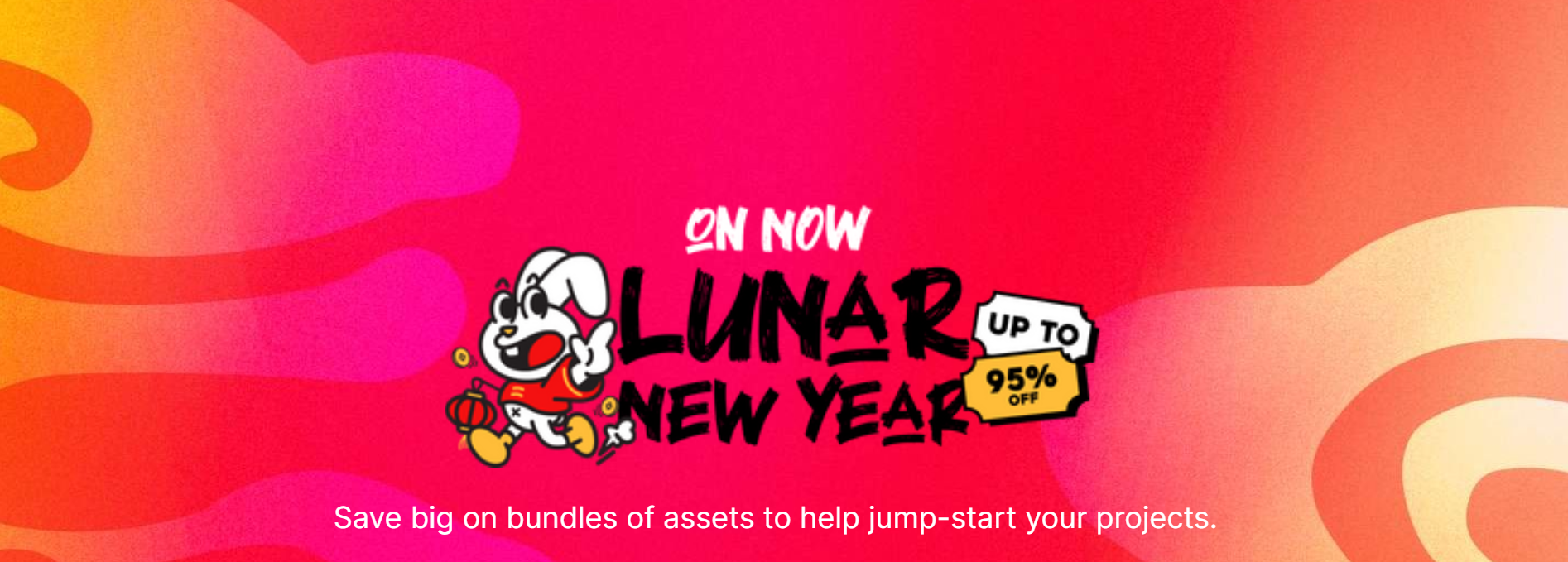- Current Version: 1.0: 2024-11-26T13:15:15Z
- First Published: 2024-11-26T13:15:16Z
- Size: 10629584
- Supported Unity Versions: 2021.3.14
Go-NoGo Task - Response Time Measurement Tools
The Go/No-Go asset is a set of dynamic psychological tools designed to measure and log response control and impulsivity. Participants face 'Go' trials, where quick responses are required, and 'No-Go' trials, which demand restraint and non-responsiveness. This task is not only effective on its own but also pairs well with other paradigms, such as visual search tasks and the Stop Signal Task. The latter challenges participants to abruptly stop an initiated response, offering deeper insights into impulse control. Versatile and engaging, the Go/No-Go task is an essential asset for cognitive and behavioral research.
This Asset contains three versions of the Go/No-Go Task:
- Text-based: define words participants should response to
- Image-based: define images participants should response to
- Object-based: define objects participants should response to
Features:
- Measure response time
- Track response errors and false responses
- Automatical logging of results
- Calculation of average response times
- Pre-defined quiz games and canvas planes
Supported VR Device Types via SteamVR
* Vive
* Oculus
* Other VR devices that use SteamVR
Because all creation and editing functionalities are accessible through the Unity Editor, no coding is required to create and run a custom Go/No-Go Task in a scene.
For further reading, see:
We are always interested in scientific collaborations. Please reach out to [email protected].
Add to cart































